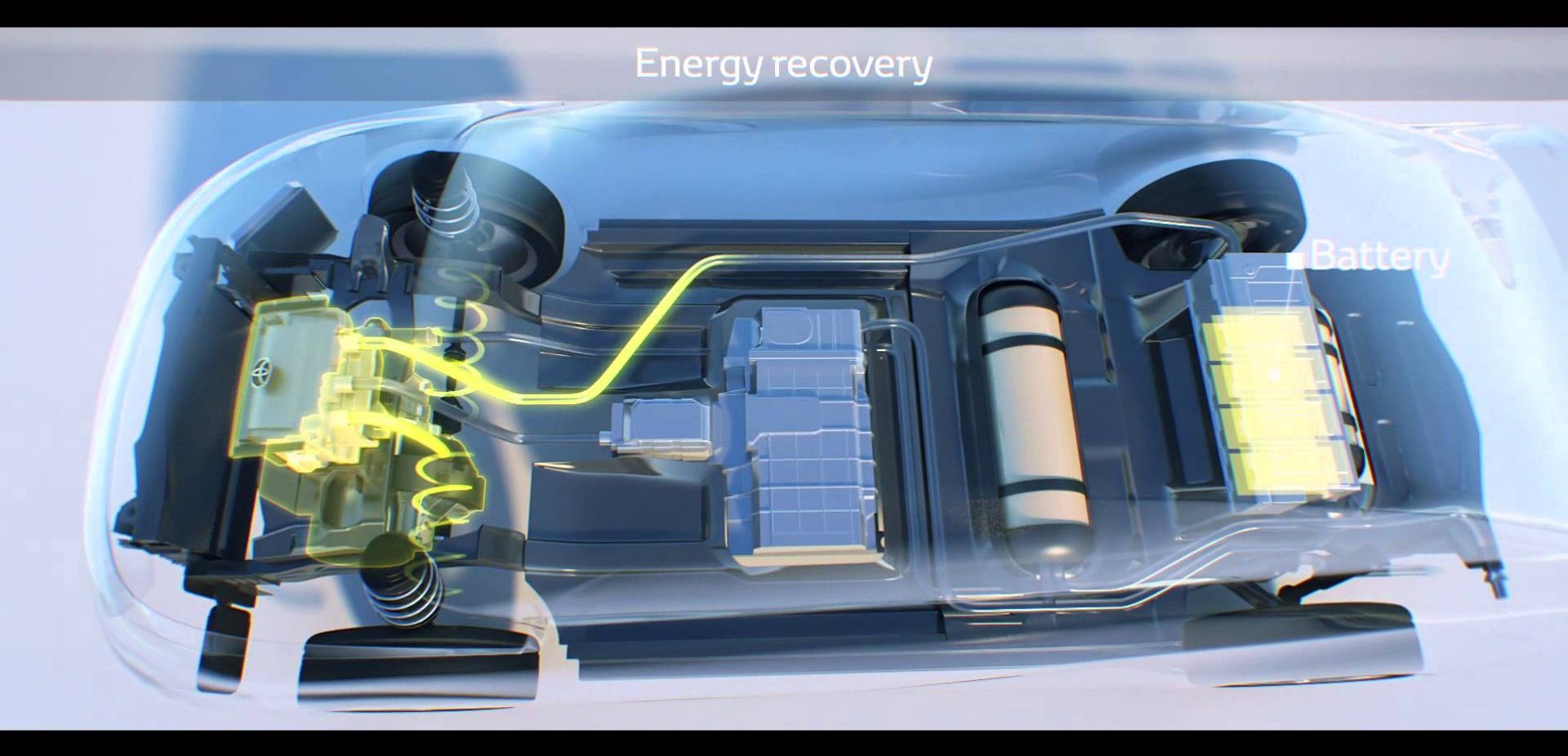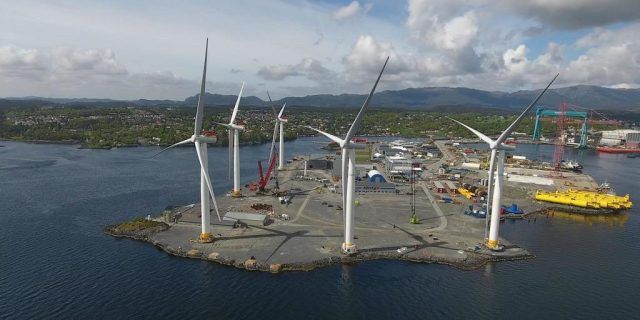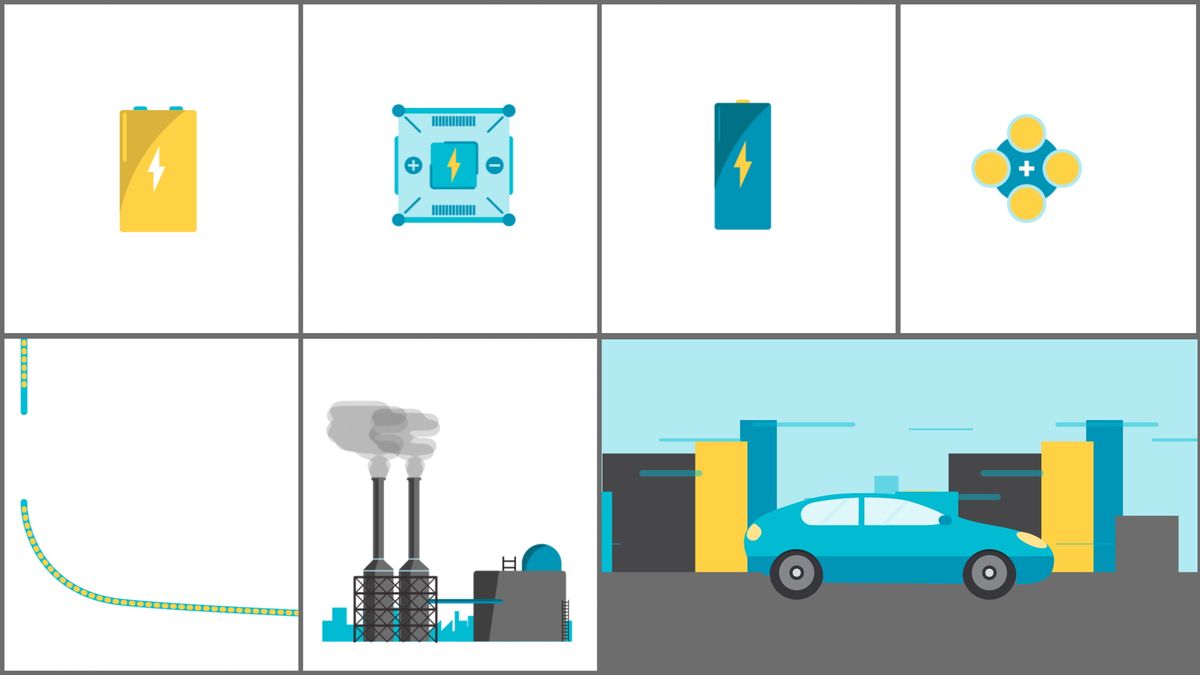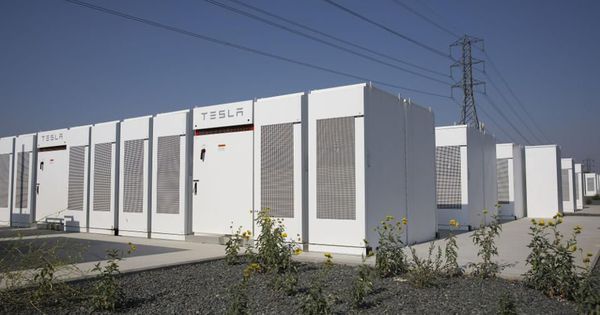Archive for the ‘energy’ category: Page 310
Nov 2, 2017
Renewables Are Starting to Crush Aging U.S. Nukes, Coal Plants
Posted by Dan Kummer in categories: energy, finance
Building solar and wind farms has started to become a cheaper proposition than running aging coal and nuclear generators in parts of the U.S., according to financial adviser Lazard Ltd.
Oct 31, 2017
Wind powered a record of nearly 200 million European households on Saturday
Posted by Dan Kummer in category: energy
On Saturday, a record 24.6% of total electricity came from wind power sources in the 28 countries of the European Union. The majority of this wind electricity was generated offshore (91.3%) vs onshore (8.7%).
With Europe moving into the high wind production winter period, we expect a new season of records being broken. And with massive scale construction continuing for offshore wind farms, these records of 2017 will soon look quaint.
The amounts of electricity generated were enough to power 197 million European households or 68% of all industrial electricity needs. Europe has about 500 million total people, with a land mass very close to that of the USA.
Continue reading “Wind powered a record of nearly 200 million European households on Saturday” »
Oct 30, 2017
Physicists propose test of quantum gravity using current technology
Posted by Saúl Morales Rodriguéz in categories: energy, quantum physics
Physicists have proposed a way to test quantum gravity that, in principle, could be performed by a laser-based, table-top experiment using currently available technology. Although a theory of quantum gravity would overcome one of the biggest challenges in modern physics by unifying general relativity and quantum mechanics, currently physicists have no way of testing any proposed theories of quantum gravity.
Now a team of seven physicists from various countries, S. Dey, A. Bhat, D. Momeni, M. Faizal, A. F. Ali, T. K. Dey, and A. Rehman, have come up with a novel way to experimentally test quantum gravity using a laser-based experiment. They have published a paper on their proposed test in a recent issue of Nuclear Physics B.
One reason why testing quantum gravity is so challenging is that its effects appear only at very high-energy scales and their corresponding tiny length scales. These extreme scales, which are very near the Planck scale, are roughly 15 orders of magnitude beyond those accessible by the Large Hadron Collider (LHC), by far the world’s highest-energy experiment.
Continue reading “Physicists propose test of quantum gravity using current technology” »
Oct 29, 2017
‘New Generation of Cities’: Riyadh to Build High-Tech Utopia in the Desert
Posted by Saúl Morales Rodriguéz in categories: business, economics, energy

https://youtube.com/watch?v=uzwMQB1Vw0I
Struggling to steer its economy away from oil dependence, Saudi Arabia announced an audacious plan to build a $500 billion super-city that is intended to become a world-class business hub.
Saudi Arabia is moving toward a “new generation of cities,” said Mohammed bin Salman, crown prince of the Middle Eastern kingdom, during one of his rare appearances before the press on October 24. The first of its kind, the city, to be named Neom, would be powered by green energy and have no room for “anything traditional,” he said.
Continue reading “‘New Generation of Cities’: Riyadh to Build High-Tech Utopia in the Desert” »
Oct 28, 2017
The Way We Get Electricity Is About to Change Forever
Posted by Dan Kummer in category: energy
Superior batteries are on the way, and they could disrupt power markets within the next decade—Sooner Than You Think.
Oct 27, 2017
The World’s First Floating Wind Farm Is an Incredible Feat of Engineering
Posted by Montie Adkins in categories: energy, engineering

Last week saw the launch of the world’s first floating offshore wind farm. Located in the North Sea off the coast of Peterhead, Scotland, the wind farm consists of five enormous horizontal-axis turbines that together can generate 30 megawatts of electricity. That’s enough to power about 20,000 homes.
The wind farm is called Hywind, and it’s been in the making for over 15 years, spearheaded by Norwegian energy firm Statoil. Key facts about the turbines and their location include:
Continue reading “The World’s First Floating Wind Farm Is an Incredible Feat of Engineering” »
Oct 23, 2017
In 5 Years, Batteries Will Blanket The U.S., Duke Executive Says
Posted by Dan Kummer in categories: business, energy
Five years. That’s how soon batteries can be expected to sprout all over the electric grid as utilities and homeowners drop in on a wave of falling prices, a Duke Energy executive said in Chicago Thursday.
“There’s going to be a lot of excitement around batteries in the next five years. And I would say that the country will get blanketed with projects,” said Spencer Hanes, a managing director of business development with the Charlotte, North Carolina-based utility.
“With the way that the cost curves are coming down it’s a big opportunity for all of us to deliver what customers want.”
Continue reading “In 5 Years, Batteries Will Blanket The U.S., Duke Executive Says” »
Oct 14, 2017
Toyota’s Trucks That Only Emit Water Vapor Are Moving Goods in LA
Posted by Ian Hale in categories: energy, transportation

Japanese automaker Toyota is serious about perfecting hydrogen fuel cell technology to power its vehicles, and it’s scheduled an initial feasibility study operations for its zero-emissions heavy-duty truck a little over a week from today. A concept version of a truck running Toyota’s specialized hydrogen fuel cell system designed for heavy-hauling use will be moving goods from select terminals at the Port of LA and Long Beach to nearby warehouses and rail yards beginning on October 23.
“If you see a big-rig driving around the Ports of Los Angeles and Long Beach that seems oddly quiet and quick, do not be alarmed! It’s just the future,” Toyota wrote in a press release. The company expects the daily runs to cover some 322 kilometers (200 miles) to test the fuel cell system’s duty-cycle capabilities. Afterwards, longer trips could be introduced.
Continue reading “Toyota’s Trucks That Only Emit Water Vapor Are Moving Goods in LA” »
Oct 12, 2017
A single floating wind farm could power the entire planet
Posted by Dan Kummer in categories: energy, engineering, sustainability
The Carnegie scientists, Anna Possner and Ken Caldeira, suspected that drag like this might be far lower over water than over land, particularly in mid-latitude oceans in both the Northern and Southern hemispheres. Why might that be? As Earth tilts away from the sun each autumn, jet stream-like rivers of air form high in the atmosphere. Over the open ocean, storms pull these strong winds down near the planet’s surface, replenishing the wind energy captured by turbines.
The effect might sound small, but it adds up. The scientists calculate that a wind farm in the middle of the North Atlantic would generate at least twice as much energy — and perhaps three times as much — as an identical wind farm in Kansas, itself one of the windiest states in the U.S. A wind farm roughly twice the size of Alaska could generate 18 million megawatts of electricity. That’s enough to meet the entire global demand today.
There are big practical challenges to building such a farm, including coping with extreme mid-ocean weather and transmitting the power back to shore. And by harvesting so much wind in the North Atlantic, a giant wind farm would reduce the output of onshore wind turbines in the U.K. and Western Europe — and reduce temperatures in the Arctic by more than 20 degrees. This might sound attractive at a time when polar ice is melting, but scientists worry about the unforeseen consequences of such geoengineering.
Continue reading “A single floating wind farm could power the entire planet” »














